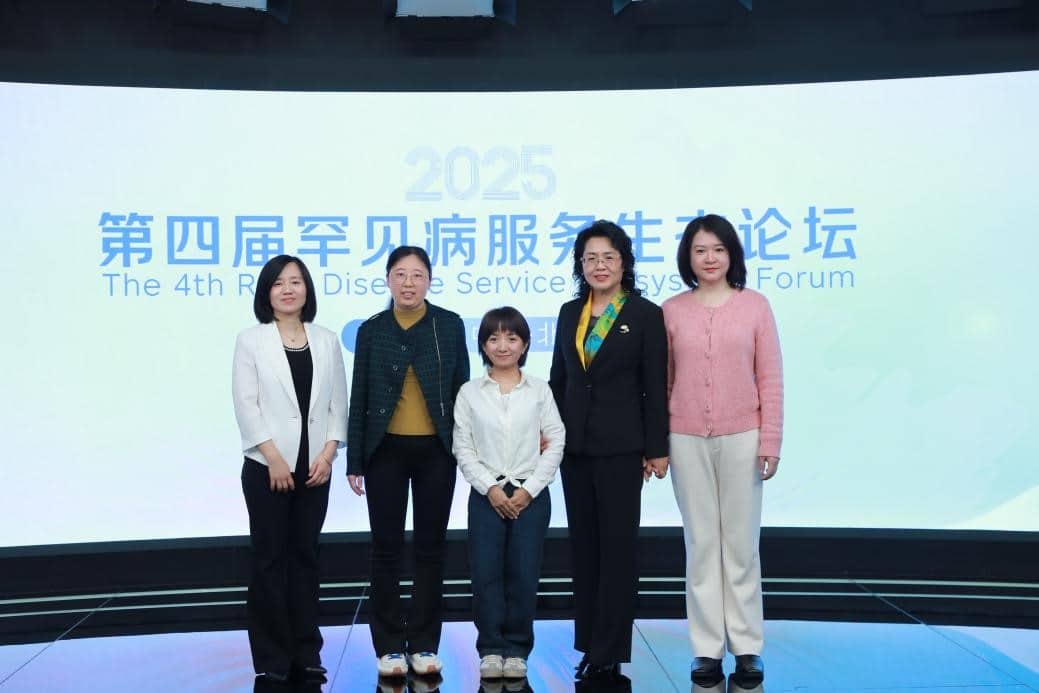Feb 4, 2021|
Tonic Snacks Trending as Chinese New Year Gifts
by Vivian Yang
Searches of gift boxes of tonic products have tripled since the beginning of JD’s New Year Grand Promotion (Jan 8 until now) compared with the same period last month, and ready-to-eat tonics are gaining popularity among Chinese consumers, said JD Health’s Tonic Industry Data Report 2020.
“Healthy & tonic snacks have become a new trend in this traditional industry,” a staff of the tonic business department of JD Health pointed out, noting the traditional way of taking Chinese tonics involves tedious cooking processes such as steaming, boiling, stewing and more, which deters many young people. Now customers can find and shop for many ready-to-eat tonics on JD.com, such as steaming bird nests with sugar, fish maw, Ejiao (colla corii asini) cake, and dried Chinese wolfberry tea. These small-bag packed instant tonic products are convenient to eat and carry, and serve as nice New Year gifts for families and friends.

Hot-selling ready-to-eat Ejiao cakes on JD.com
JD’s data shows that remote orders of tonic products grew more than 35% from last month. Many people living in first-tier cities have started to send tonic gift boxes to their families in third or fourth-tier cities since this January. Gift boxes with assorted tonics are the most popular, noted a JD Health representative.
Diving into the specific products, Chinese consumers’ top tonic choices include bird nests, health tea, cordyceps sinensis, fish maw and ginseng. Female consumers account for more than 70% of sales for bird nests and fish maw, consumers under 30 years old fancy health tea, and those above 45 years old prefer cordyceps sinensis and ginseng.
In terms of regional differences, people from southern China, especially those living in the Yangtze River Delta and the Pearl River Delta spend more on raw ingredients and prefer to cook them in the traditional ways for fine nourishment, whereas people from northern China and northeast China show more willingness toward the ready-to-eat offerings, according to the data from JD Health’s report.
The Yangtze River Delta covers three provinces of Jiangsu, Anhui, and Zhejiang, as well as the city of Shanghai. The Pearl River Delta consists of nine cities in Guangdong province, including Guangzhou, Shenzhen, Shantou and the others.




 JD Provides Closed-Loop Services for Gold Trade
JD Provides Closed-Loop Services for Gold Trade



